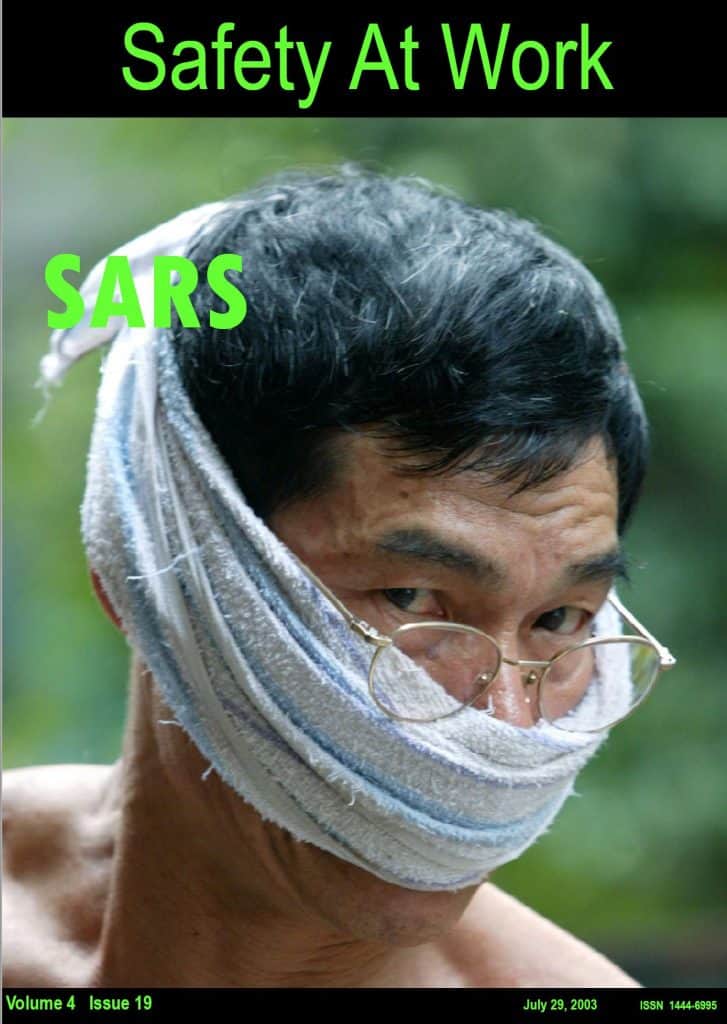
Australia is starting to settle into a state of stability as the various restrictions on life and work become more consistent. This has also allowed for some to start thinking about the recovery phase – the “bridge”, the awakening, whatever one wants to call it – to reconsider what we think of work and workplaces and our expectations are for the future. Do we resurrect the BC (Before COVID19) employment and economic models or work differently? There is an opportunity to steer work and business into a more sustainable direction that reduces physical and psychosocial harm and regains productivity and profitability. The structures, models and criteria already exist.
And, perhaps, we should incorporate the values recommended by actor, Matthew McConaughey.






